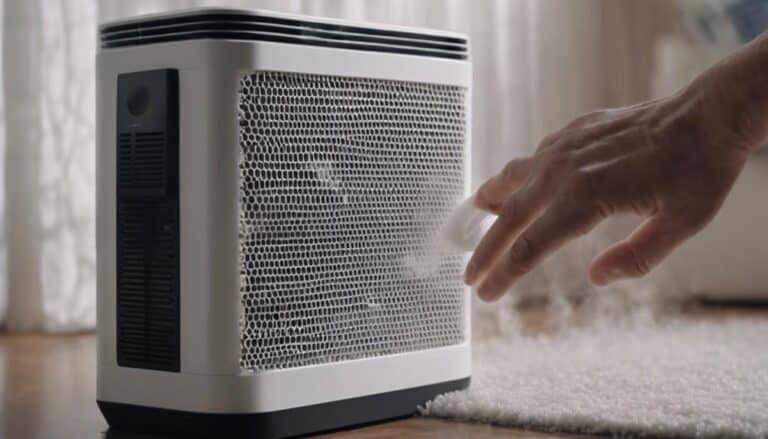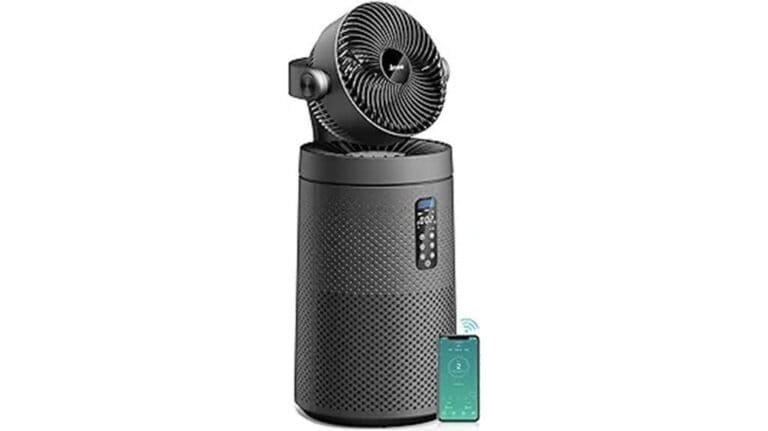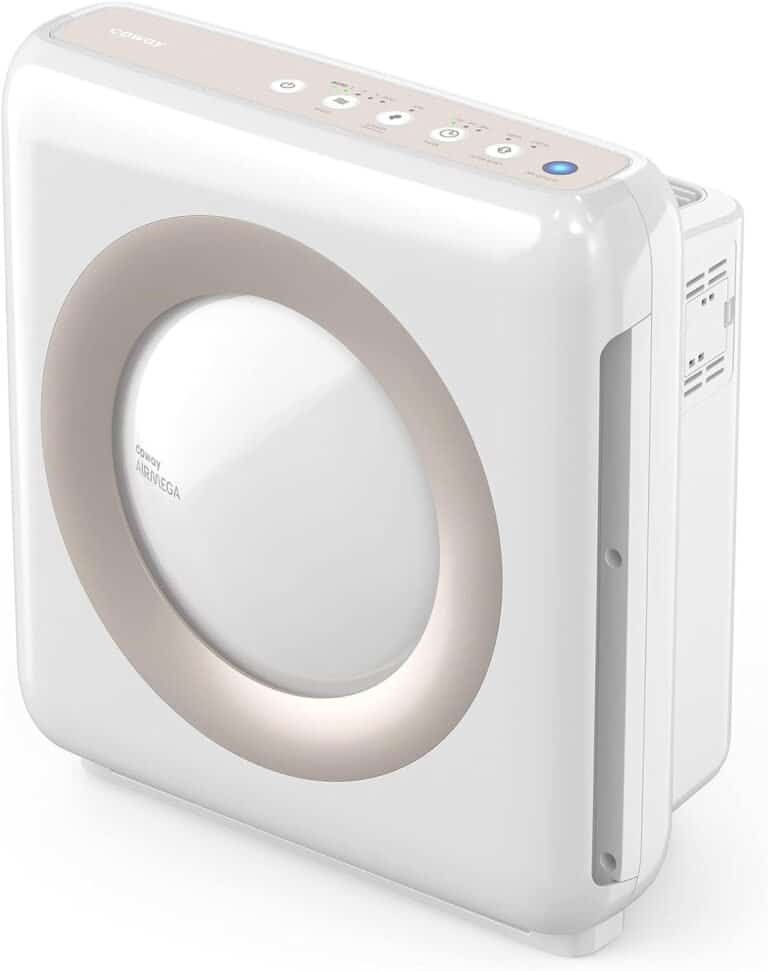how to cool an attic
how to cool an attic
During a hot summer day, the temperature inside an attic can reach well over 100 degrees Fahrenheit. This excessive heat causes not only discomfort for anyone accessing the space but also puts strain on your cooling system and drives up electricity bills. Cooling down an attic is necessary to prevent damage to construction materials and insulation, as it can lead to premature ageing or even failure of the roof structure. In this article, we will explore several practical strategies that homeowners can use to cool their attics effectively and efficiently while saving money on energy costs.
Understanding Attic Ventilation
Proper attic ventilation is essential to maintaining a comfortable and healthy home. Ventilation helps control temperature and moisture levels, preventing potential damage to your roof structure, insulation, and even the air quality in your living space. Attic vents allow cool outside air to enter the attic while pushing out hot, humid air that can cause damage over time.
There are several types of attic vents available on the market, including ridge vents, gable vents, soffit vents and turbine vents. Each type has its own benefits depending on construction materials or design elements to consider for installation. A professional contractor should assess your specific needs based on factors such as climate zone regulations or roofing material requirements before choosing an appropriate vent system that will work best for you. Properly designed ventilation systems not only bring fresh cooler air but also promote energy efficiency by reducing HVAC usage during peak hours inside of your home when needed most!
Installing Attic Fans
Installing attic fans is a cost-effective way to cool down an attic. Attic fans circulate air in the space, reducing heat buildup and creating comfortable temperatures for both people and storage items. Moreover, they help reduce humidity levels, which can cause damage to wood structures and promote mold growth. Installing an attic fan involves cutting a hole in the roof or gable vent and fitting the fan securely with screws or brackets. Some models come with adjustable thermostats that turn on automatically when temperatures inside reach a certain level.
Before installing an attic fan, homeowners need to consider several factors such as the size of their attics, available storage space, and local building codes. They also need to choose between electric-powered or solar-powered options depending on their energy preferences and budget constraints. Although DIY installation is possible for experienced homeowners, it’s recommended to hire a licensed electrical contractor who can provide advice on wiring requirements and safety practices during installation.
Choosing the Right Insulation
When it comes to cooling an attic, choosing the right insulation is crucial. The most commonly used insulation materials for attics are fiberglass batts, blown-in cellulose, and spray foam. Fiberglass batts are budget-friendly but may not be as effective in reducing heat gain as blown-in cellulose or spray foam insulation.
Blown-in cellulose is highly effective in preventing air leakage and has a higher R-value than fiberglass batts. Spray foam insulation creates an airtight seal between the roofline and the living space, making it one of the most energy-efficient options for attics. However, it can be more costly upfront than other types of insulation.
Ultimately, it’s important to consider your budget, climate zone and any local building codes when deciding on which type of insulation is right for your attic. A professional contractor can assist you with determining which type will provide optimal efficiency while also being cost-effective for you long-term.
Sealing Air Leaks and Ductwork
Sealing air leaks and ductwork is a crucial step in cooling down an attic. Air leaks allow hot outdoor air to enter your home, causing your cooling system to work much harder than it needs to. Sealing leaks will prevent the loss of cool air and improve indoor air quality while reducing energy costs.
Similarly, ductwork plays a significant role in maintaining proper ventilation throughout the home. Properly sealing and insulating your ducts can help reduce energy waste by up to 20 percent. This means that less cool air will be lost on its way to reaching the intended space, helping you stay comfortable all summer long without overspending on electricity bills. By finding these problem areas and addressing them quickly, homeowners can help keep their attics cooler during hot spells while improving overall energy efficiency at the same time.
Using Radiant Barriers
One effective way to cool an attic is by installing radiant barriers. Radiant barriers are reflective materials that are designed to reduce the amount of heat that enters a building’s interior. These barriers work by reflecting sunlight and other radiant energy away from the roof, reducing the transfer of heat into the attic space.
Radiant barriers can be installed in various ways, including as sheets or panels attached to the underside of your home’s roofing material or directly under its rafters. When properly installed, these barriers can significantly reduce your energy costs while increasing overall comfort levels in your home.
In addition to being cost-effective and easy-to-install, radiant barriers have also been shown to extend the life of insulation materials used in attics. This benefit alone makes them a worthwhile investment for any homeowner looking to maintain their property’s structural integrity and save money on cooling costs during hot summer months.
Adding Shade to the Roof
One effective strategy to cool an attic is by adding shade to the roof. This can be achieved through installing roofing materials that reflect sunlight, including light-colored metal roofs or tiles made of reflective material. Additionally, homeowners can create natural shading by planting trees around the house that will cast shadows over the roof during peak daylight hours.
Another option for providing shade is installing a retractable awning or exterior shades on south-facing windows and doors to reduce direct sunlight exposure. These solutions not only help cool down attics but also improve overall energy efficiency in homes while enhancing curb appeal. It is important to consult with a professional before undertaking any major changes to ensure they are appropriate for your specific home’s needs and climate conditions. By implementing these strategies, you can effectively combat heat buildup in your attic and enjoy a more comfortable living environment year-round.
Maintaining Attic Cooling Systems
Maintaining attic cooling systems is crucial for maintaining a comfortable living environment during hot summer months. One effective method to achieve this goal is by installing ventilation systems such as attic fans or air conditioners. These devices help circulate cool, fresh air throughout the space and reduce humidity levels, preventing moisture buildup that can cause damage to roofing materials and insulation.
In addition to using mechanical ventilation systems, homeowners should also consider taking steps to improve their attic’s insulation. Installing radiant barriers or reflective roofing shingles can deflect sunlight and prevent heat from entering the space. Regular maintenance of your HVAC system is also important: clean filters allow for better airflow and decrease strain on the unit, decreasing energy costs in general while prolonging its lifespan. By employing these strategies, homeowners can create an efficient cooling system for their attics while avoiding costly repairs down the road.






